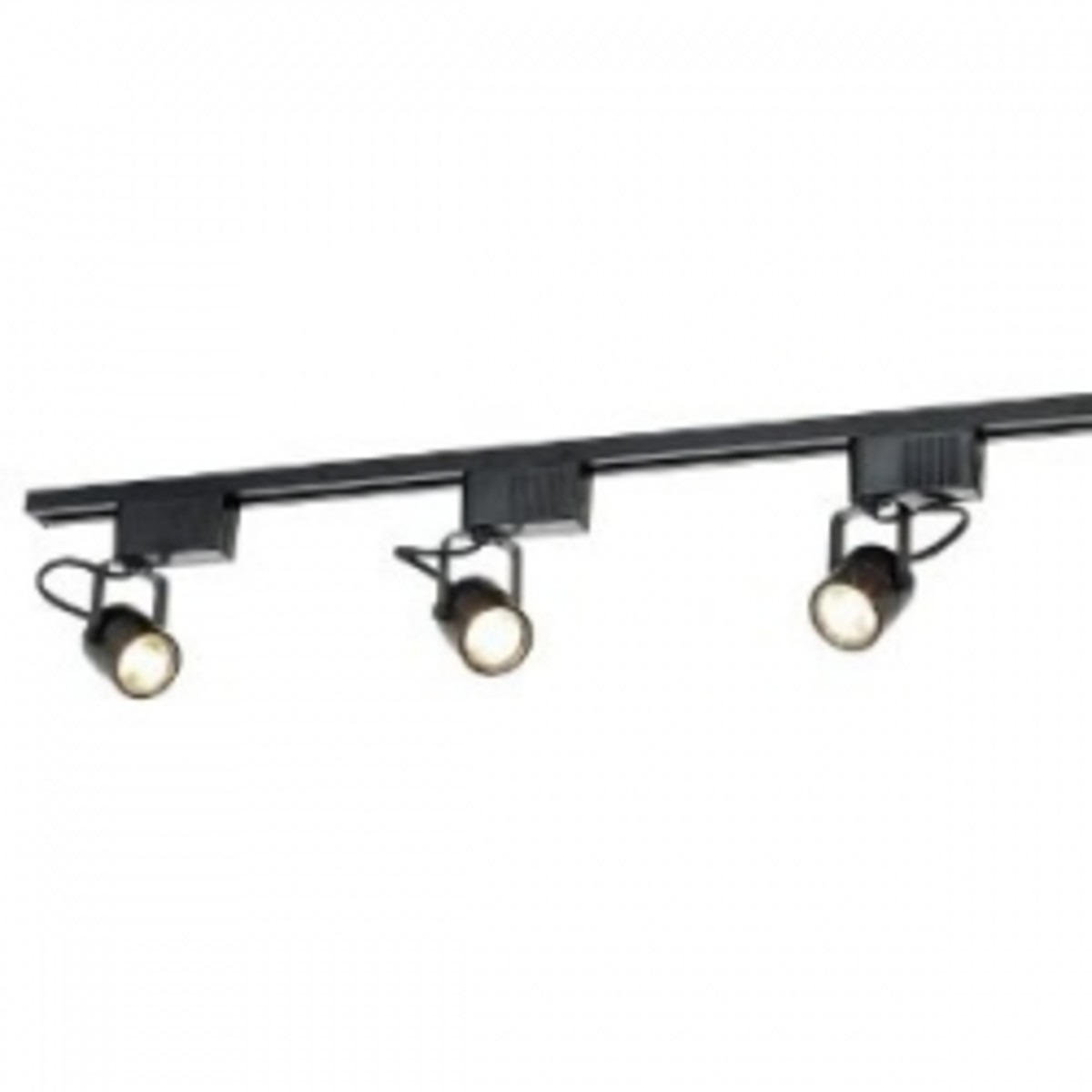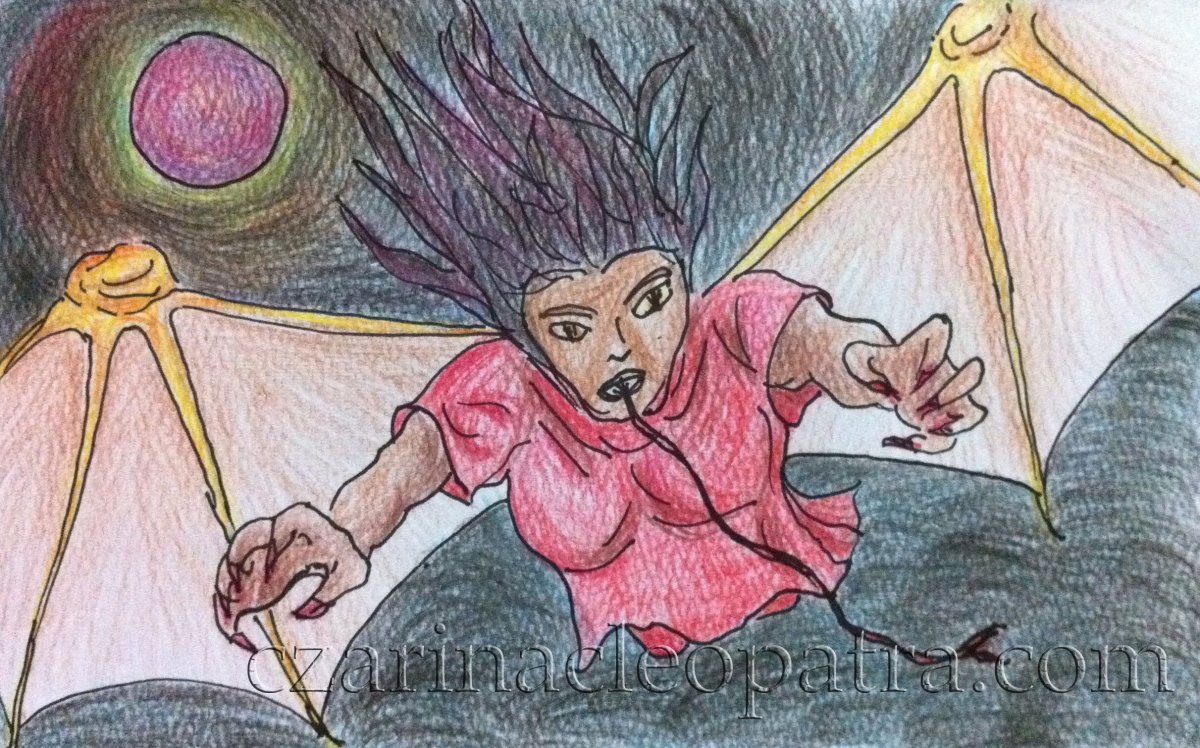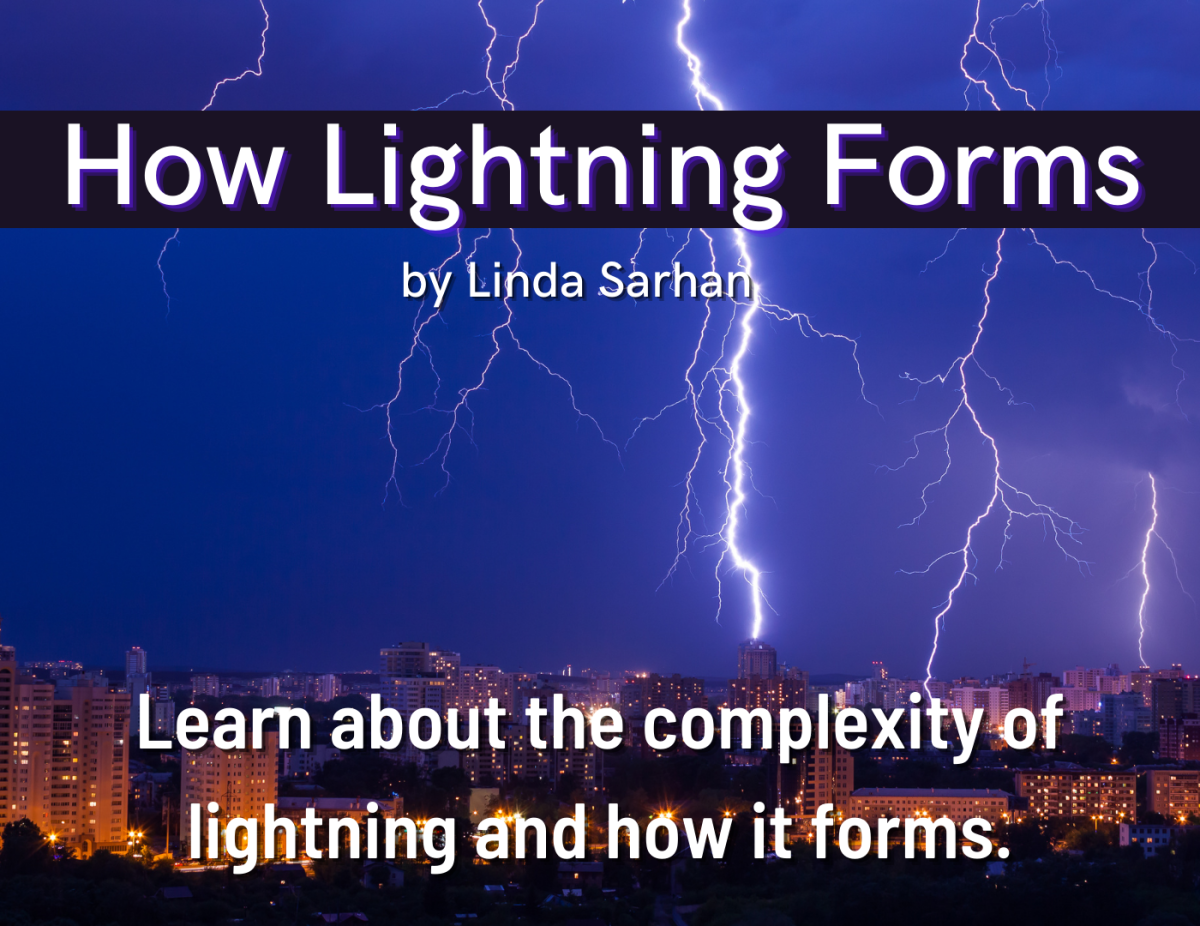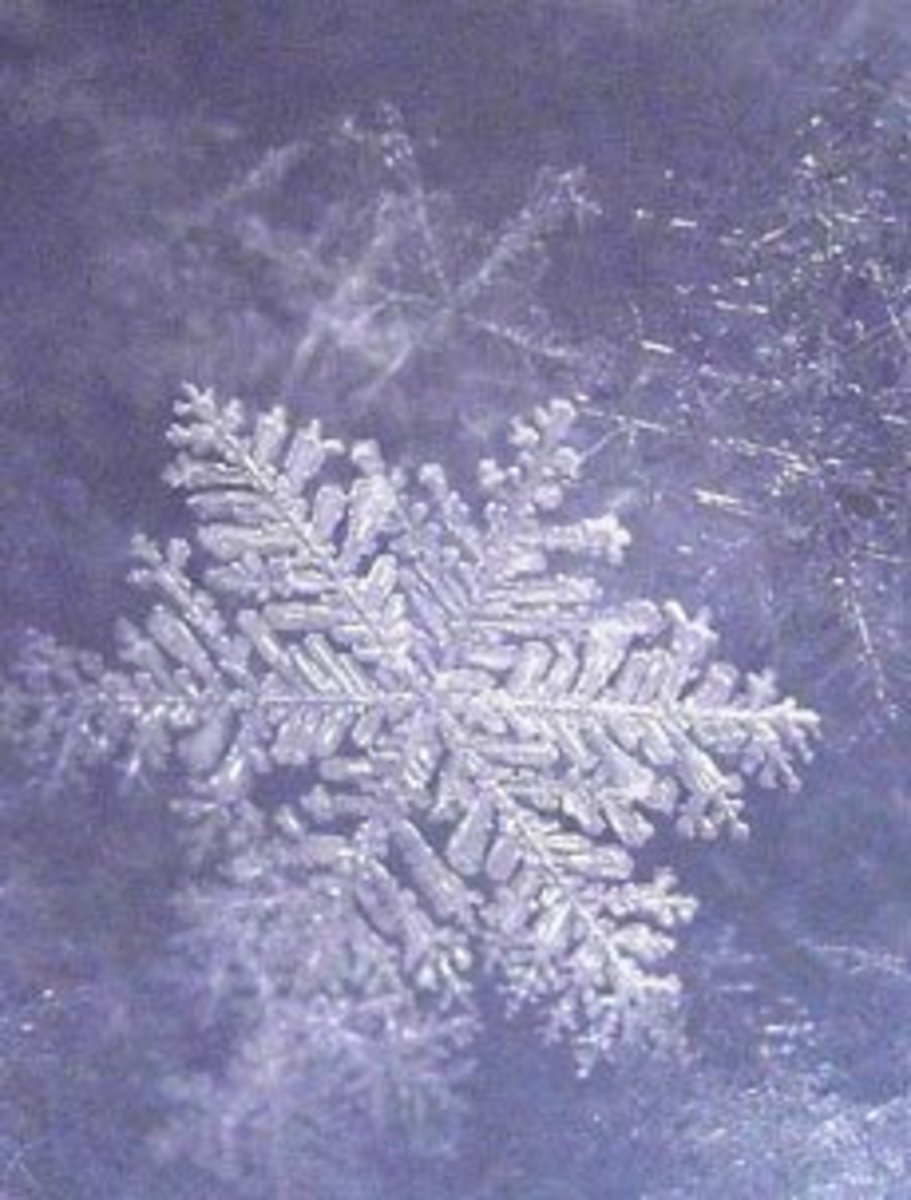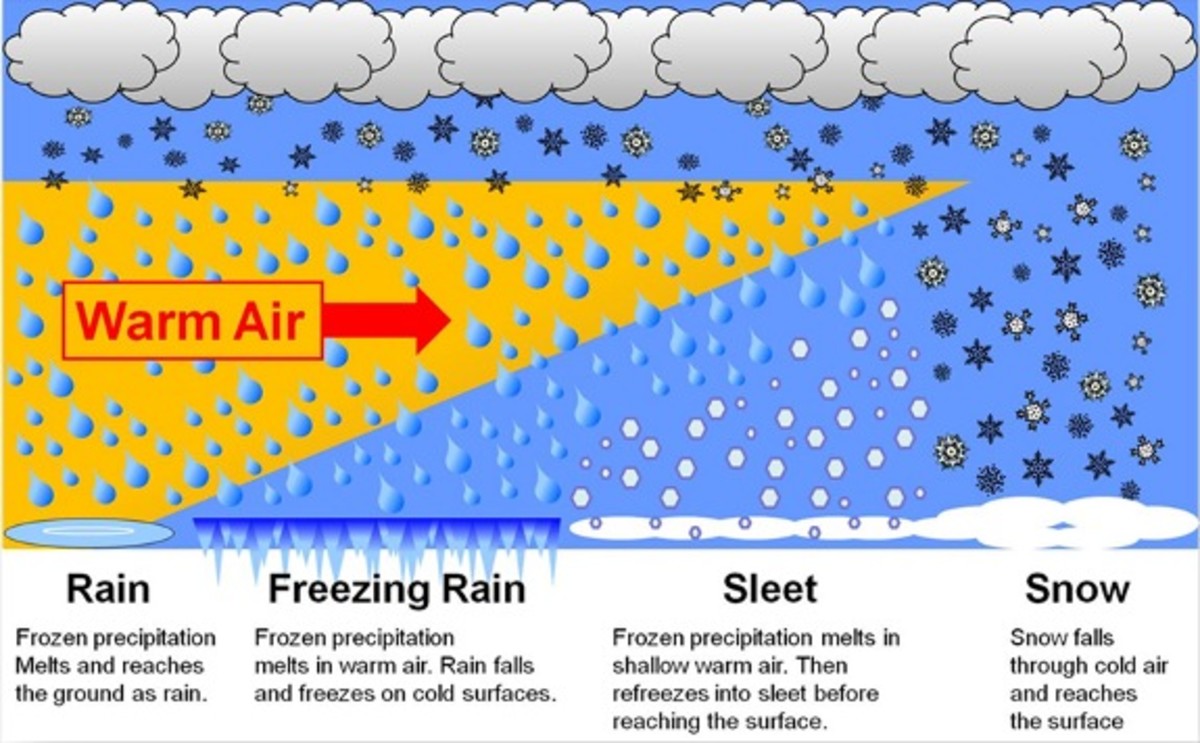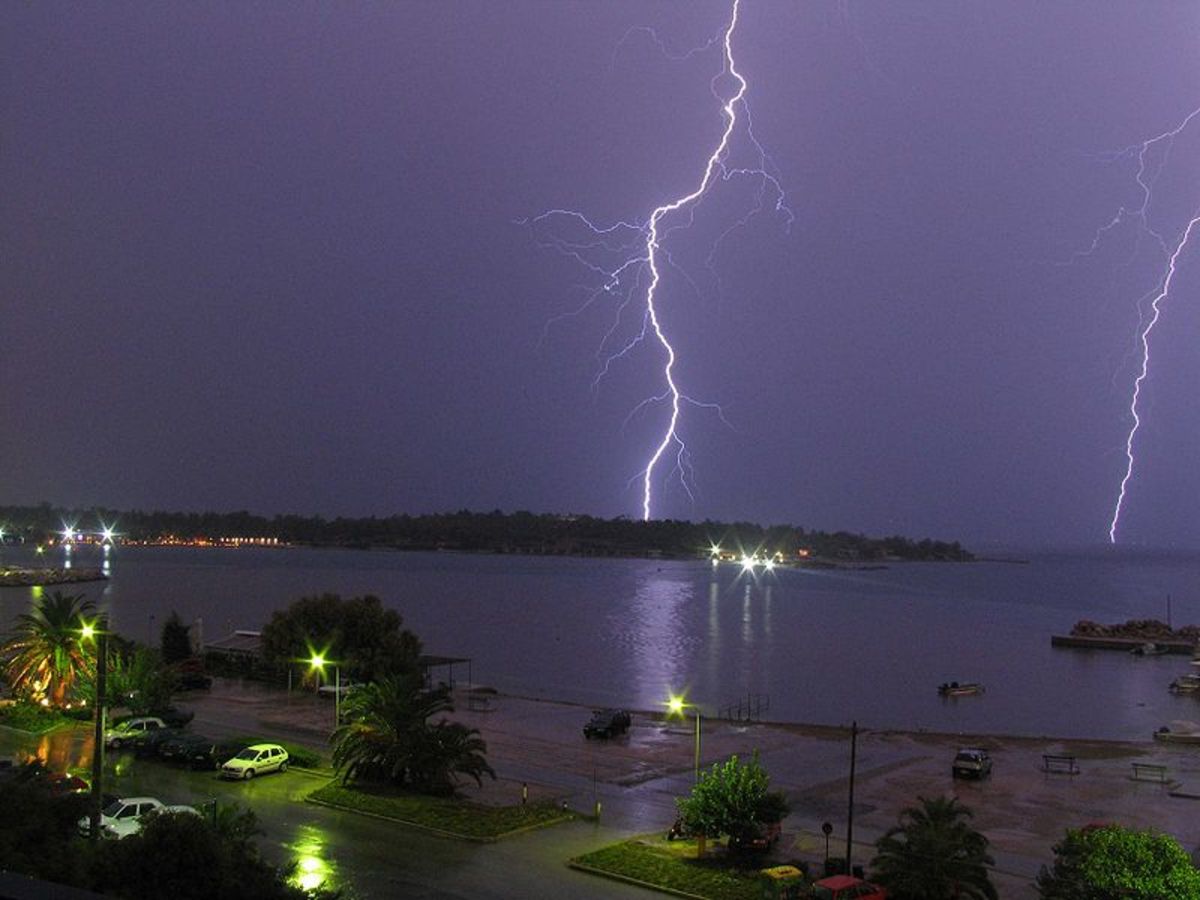Noctilucent Clouds: Illuminating the Night Sky
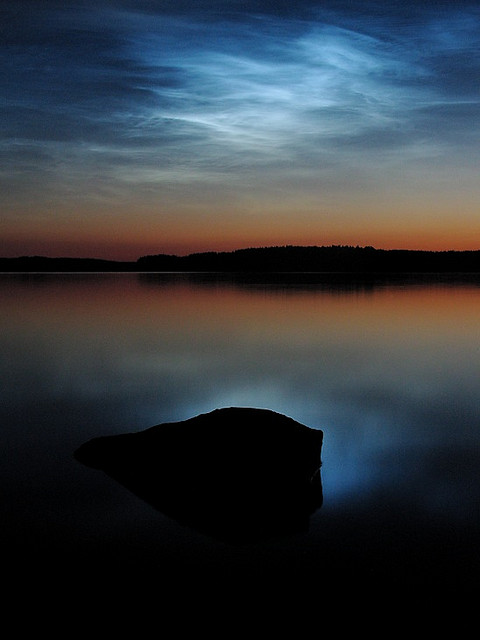
So what are Noctilucent Clouds?
Night Shining, or Noctilucent clouds, are so beautiful, shining with a luminescent glow in the twilight sky at the very edge of space. These clouds are also known as polar mesopheric clouds or by their abbreviation NLC.
Despite their ethereal beauty, night shining noctilucent clouds have darker connotations of evidence of damage to our ozone layer and global warming effects. Scientists cannot absolutely prove why or how they appear.
Read on to see where and when you are most likely to see the noctilucent cloud and the research by scientists to understand what these clouds mean for our environment.
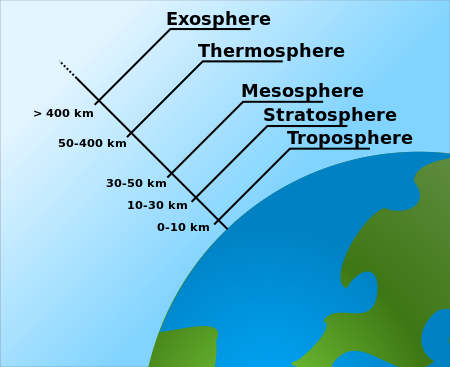
The what, why and where about Night Shining Clouds
-
Noctilucent clouds are formed at the top of the mesosphere, which is 10 times higher than where the highest weather clouds (cirrus) form in the troposphere. The mesosphere is about 80km (50 miles) from Earth and the temperature is -150C - the coldest place in our atmosphere.
-
Noctilucent means "night shining" in Latin. They are most commonly seen in deep twilight or just before dawn, but there have been sightings of them throughout the night hours. The suns rays are angled at just the right position to illuminate these clouds when the sun is 6 to 16 degrees below the horizon. You can't see the clouds during the day as the particles are so small and transparent and the sun is too high.
-
Noctilucent clouds do not produce any weather and are made up of ice crystals that are thought to be as tiny as cigarette smoke particles.
-
You can see noctilucent clouds in the northern hemisphere between mid May and mid August and in the Southern hemisphere in mid November to mid February.You can only see them from a certain latitude of 50 to 65°, but recently noctilucent clouds have been spotted at lower latitudes of 40° - scientists are still trying fathom why this is so.
-
Night shining clouds can be classified into 4 main groups: veils (type 1), bands (type 2), billows (type 3) and whirls (type 4), there is also a 5 point scale of brightness. To read more about each group and the sub groups, a very good resource is here: Observing Noctilucent Clouds.
-
Night shining clouds look similar to cirrus clouds in shape and are an electric silvery blue in colour. Other colours have been seen too, gold, red and white can also be seen depending on the angle of the sun.
Noctilucent Clouds moving across the night sky
The history of Night Shining Clouds
Noctilucent clouds were first thought to be reported between 1849 - 1852 by Thomas Romney Robinson, a director at the Armagh Observatory, N. Ireland at that time.
Robinson reported seeing "luminous clouds, not auoral" in May 1850, but scientists today cannot determine for sure that these were Noctilucent clouds because Robinson had died by the time the next report of Noctilucent clouds was made. May is also just outside of the NLC season.
The next reports were made 3 years after the massive Krakatoa volcano explosion, and Robinson was dead, so the reports cannot be compared accurately.
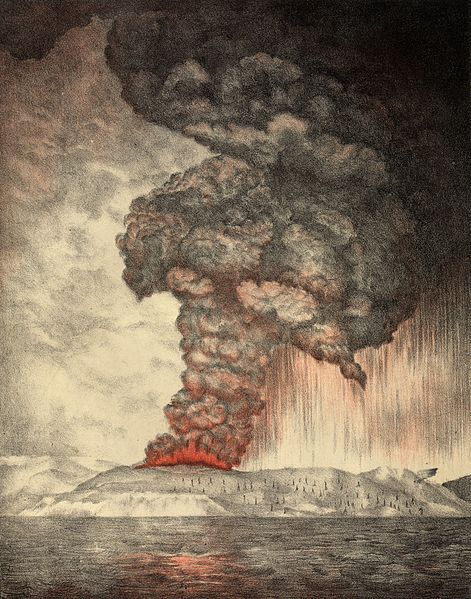
The enormous Krakatoa eruption of 1883 destroyed the Indonesian Island and the effects were felt and seen worldwide, with violent tsunamis, earthquakes and tidal patterns.
The weather patterns were chaotic for years afterwards, darkening the sky worldwide and causing beautiful optical effects, blue moons and blood red sunsets.
Noctilucent clouds were reported in 1885 and at first it was thought that the volcanic ash from Krakatoa created these clouds for the first time. We know now that this isn't the case, as you will see if you read on!
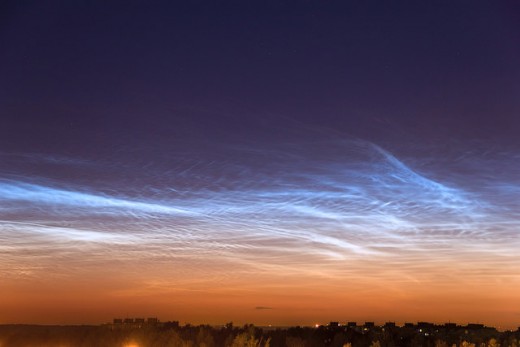
Did Lewis Carroll spot a Night Shining Cloud?
The Sun was shining on the sea,
The billows smooth and bright-
And this was odd, because it was
From Through the Looking Glass and What Alice Found There by Lewis Carroll (1871)
The mystery of Noctilucent Clouds
For clouds to form, they need water vapour and a nuclei, like dust particles, to collect or seed onto. The big mystery with Noctilucent Clouds is that they form in the mesosphere, which is a hundred times drier than deserts on Earth. So why is there water (in the form of ice crystals) in the mesosphere? And what is the dust that the ice crystals are collecting on?
The two most common theories are that:
1. The ice particles and dust come from rockets as they pass through the world's atmosphere. However, rockets have only been launched since the 1950s and Noctilucent Clouds have been seen since the mid to late 1800's. A good article from NASA about this theory can be read here: Study Finds Space Shuttle Exhaust Creates Night-Shining Clouds
2. The ice particles could possibly come from an increase in methane from industrial farming or from an increase of carbon dioxide with the rise of the industrial age since the Victorian era. It isn't clear yet if the dust particles, which act as seeds for the ice particles, come from the Earth or is being blown into our atmosphere from outer space. This great article from the New Scientist elaborates more on this theory: Mysterious glowing clouds targeted by NASA
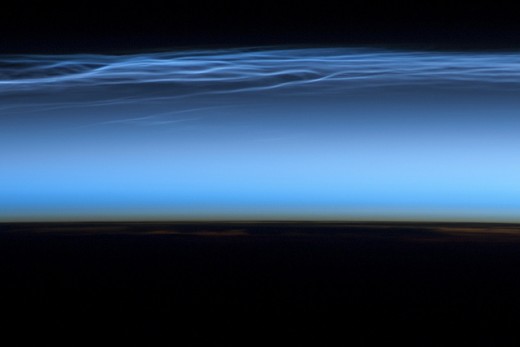
Measuring Noctilucent Clouds
Until recently it has been difficult for scientists to measure and monitor noctilucent clouds, weather balloons don't reach as high as the mesosphere and satellites were too high. In 2007 NASA launched a satellite called AIM, which stands for Aeronomy of Ice in the Mesosphere. This satellite is now monitoring the mesosphere and noctilucent clouds to determine exactly why they occur and why we are seeing more of them. Find out what the AIM satellite has been discovering here: NASA's AIM Satellite and Models are Unlocking the Secrets of Mysterious "Night-Shining" Clouds
So are the increased sightings of noctilucent clouds due to a steady increase of pollution? Are these beautiful clouds something not to admire, but to be worried about? Another theory is that these clouds actually may help against global warming; if they continue to grow they would form a protective barrier - like a band aid over the world! Who knows...?
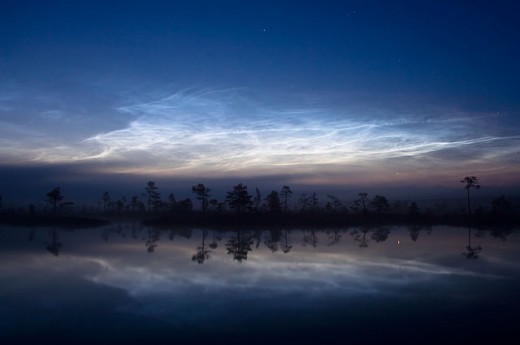
Further info about Noctilucent Clouds
- NLCNET
The Noctilucent Cloud Observing Network is dedicated to reported sightings of NLCs from all over the world. It's also a great resource for up to date information. - Observing Noctilucent Clouds
IAGA Guide by Michael Gadsden and Pekka Parviainen - an in depth study into these clouds.. - Noctilucent Clouds
Really interesting website with great scientific analysis of Noctilucent clouds

